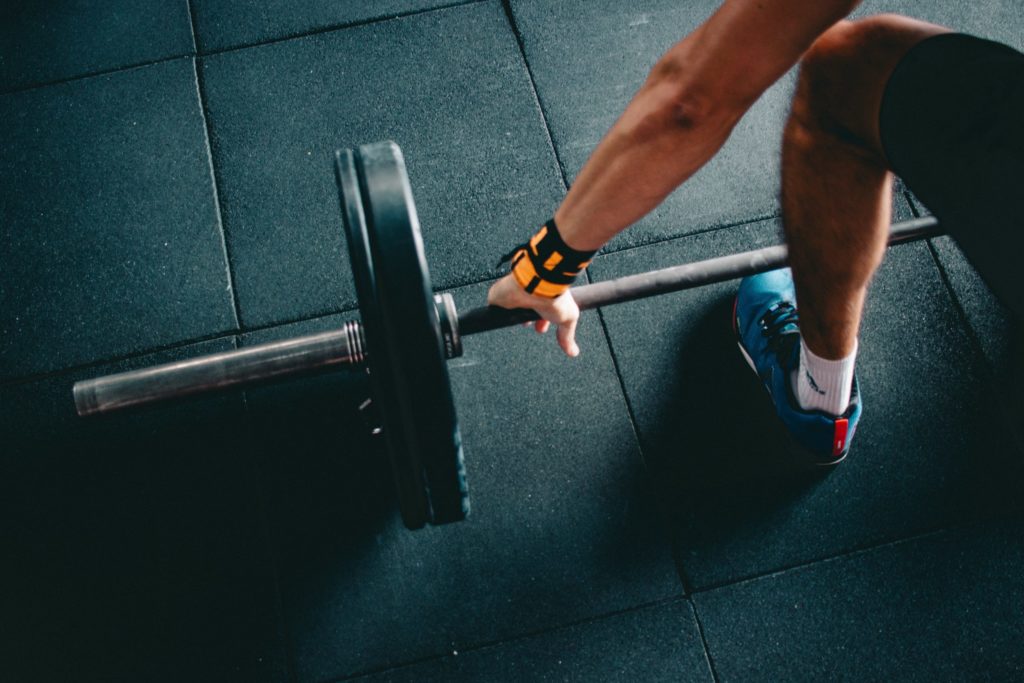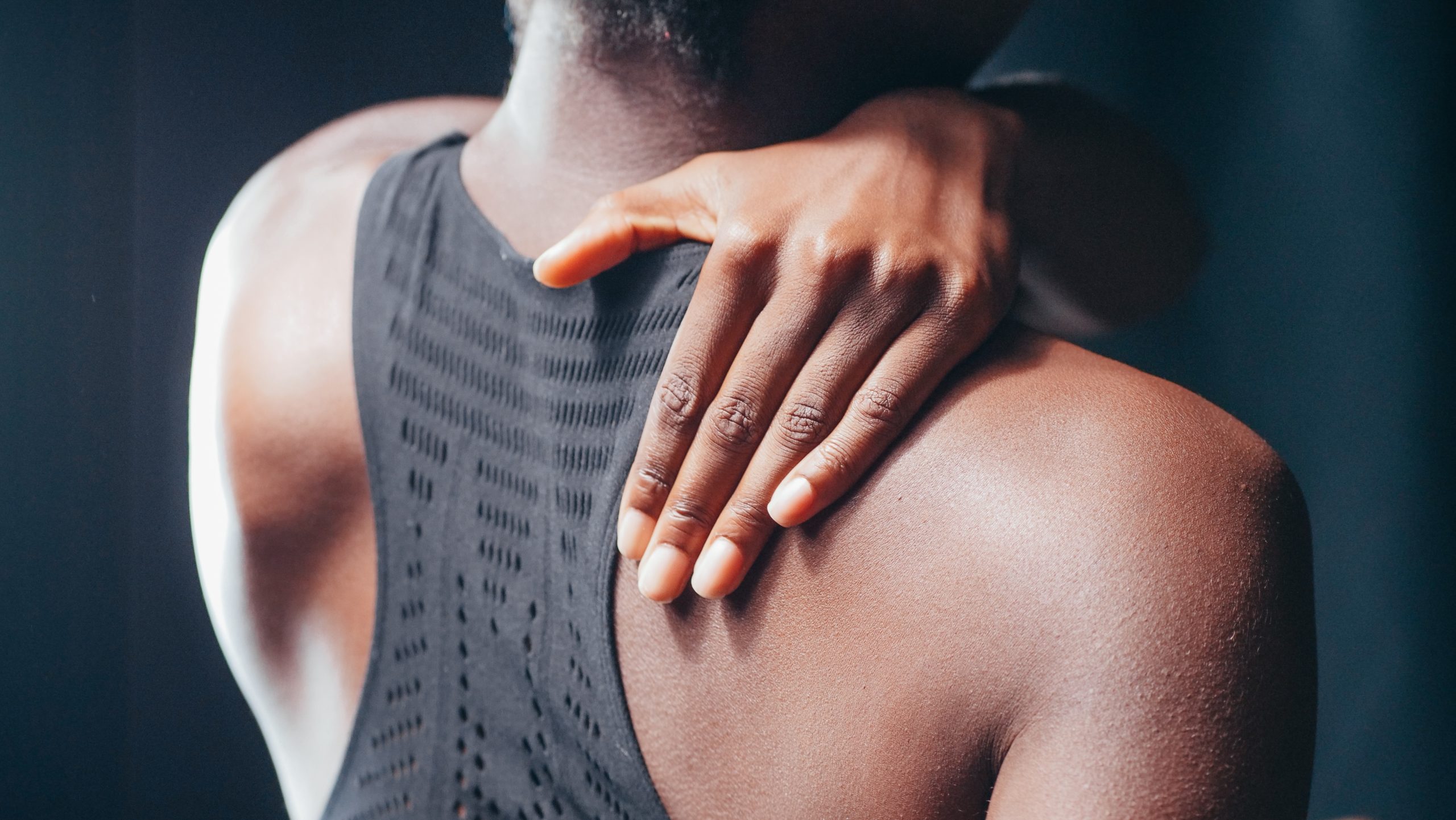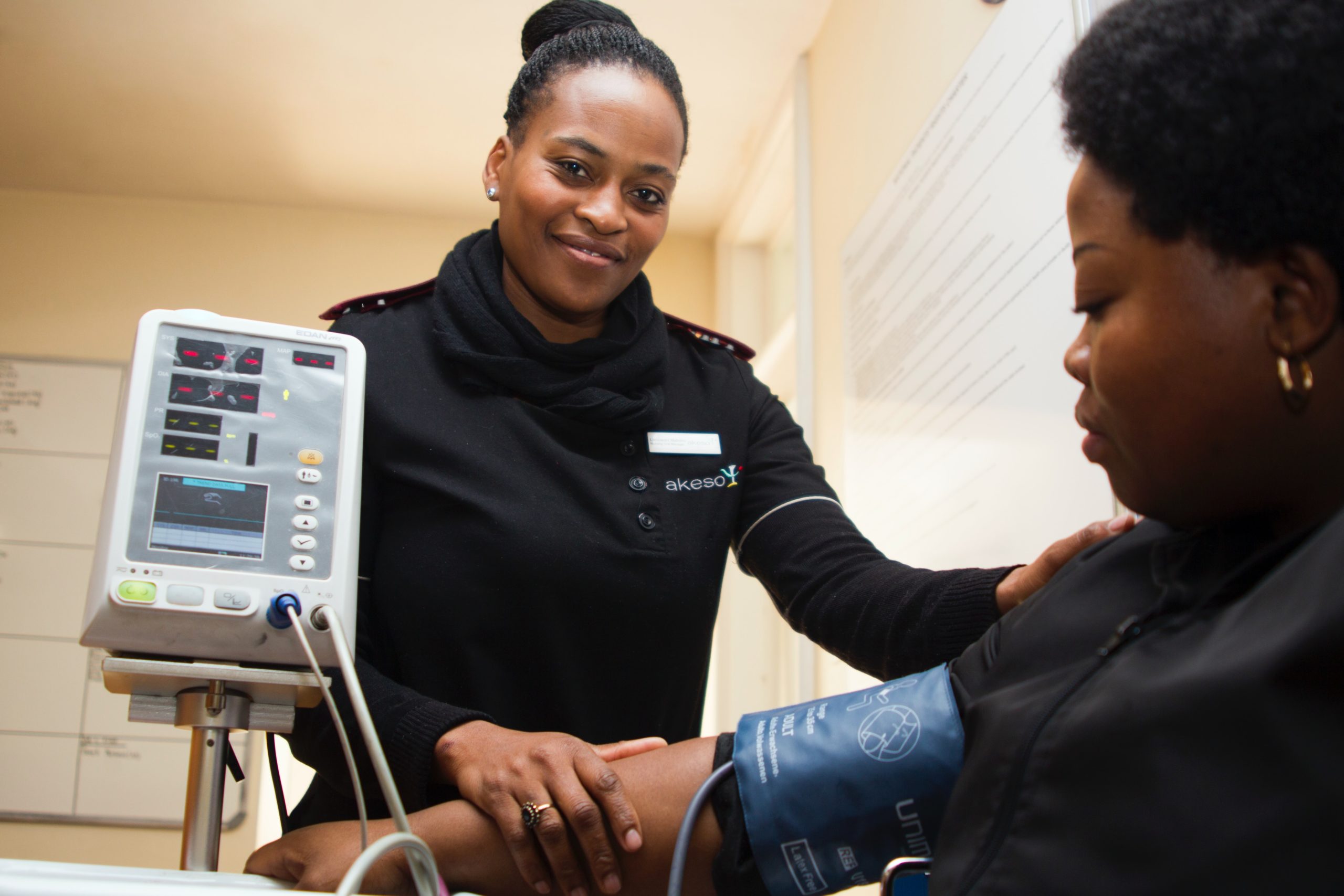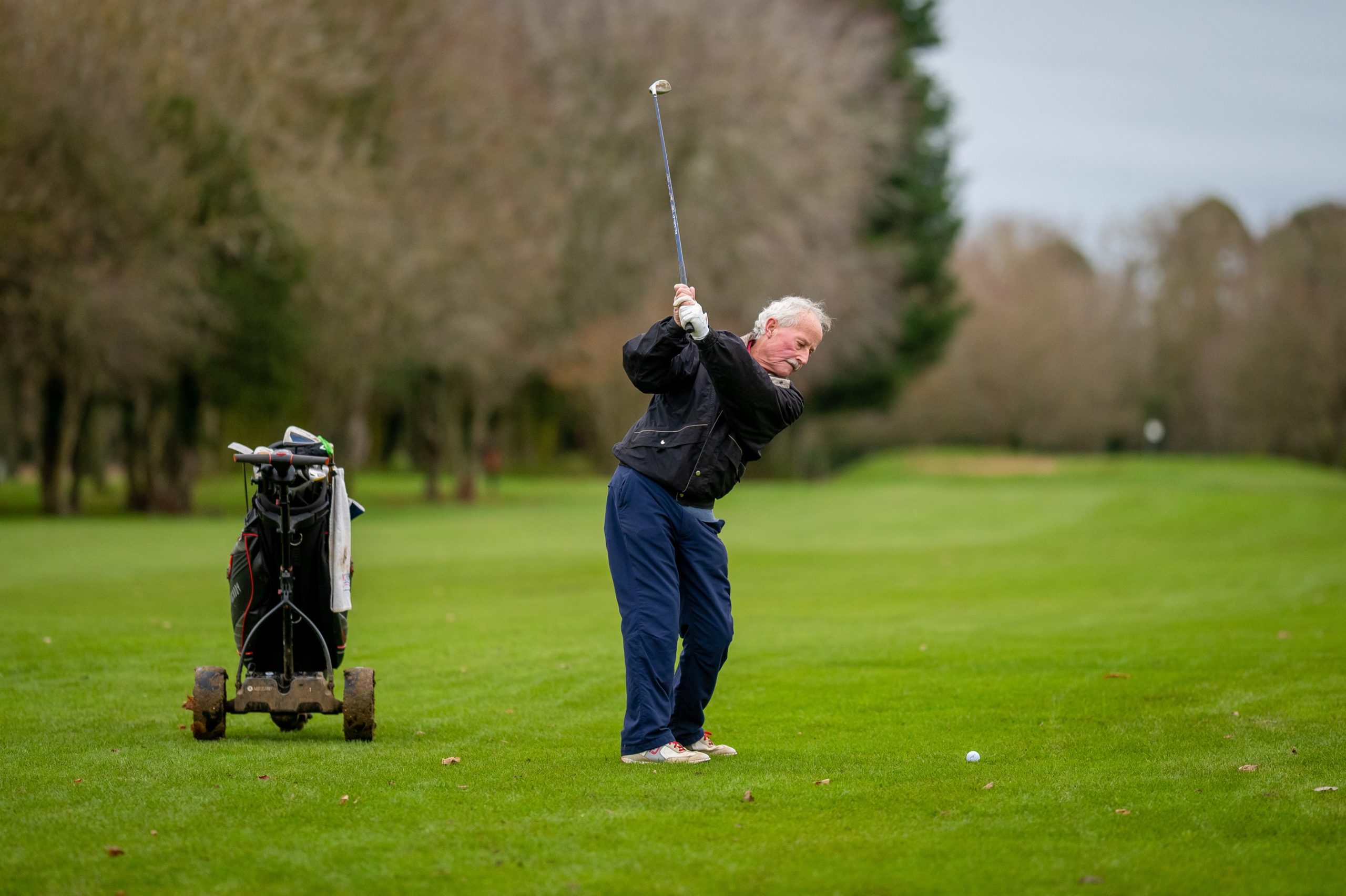Exercise is good for your body, but like most activities, it does not come without risks. Exercise injuries will happen almost to everyone, to varying degrees. While the minor ones can easily be treated at home, severe pain and bleeding are involved. Learn more about exercise injuries, first aid, and prevention.
Common Exercise Injuries
We are in our fitness groove, and we are starting to see results, only to find that we are sidetracked by sudden, excruciating pain. You likely pulled a muscle, accidentally tripped, or experienced knee pain. Instead of focusing on the incident, you can take this opportunity to analyse the injury. Know its causes, risks, and factors to make sure it does not happen again.
Here are 6 of the most common exercise injuries—plus crucial tips on how to prevent them.
-
Shin Splints
Shin splints are common in runners but are also found in people who participate in jumping, dancing, and military recruits. It is characterised by muscle inflammation which causes pain along the shinbone. Painkillers, anti-inflammatory drugs, or aspirin can help alleviate the pain and reduce swelling. Physical therapy is usually recommended to treat shin splints, but in severe cases, surgery is needed to take care of the injury.
First Aid for Shin Splints
The RICE (rest, ice, compression, and elevation) method is effective in the management of shin splints. Rest and make sure you don’t exert movement in the injured area. You can use crutches or a cane if it helps.
-
Carpal Tunnel Syndrome
Carpal Tunnel Syndrome occurs as a combination of health conditions and activities that put pressure on the carpal tunnel found in the wrist. This sudden pressure can result in various symptoms. Gym activities such as push-ups, plank, and other exercises requiring bending the wrist can trigger carpal tunnel syndrome. To avoid this syndrome, wear a wrist splint and change up your gym routine.
First Aid for Carpal Tunnel Syndrome
Put ice on the injured wrist or soak it in an ice bath to ease the symptoms. Do it for at least 10 to 15 minutes, up to once or twice an hour. If the pain becomes worse, we suggest seeking help from your doctor.
-
Knee pain
Knee pain is characterised by a vague discomfort around the kneecap, also known as ‘runners knee.’ It is often related to poor patella tracking, where you may hear creaking, crunching, or gratings sound as you move. To prevent knee pain, put in work to strengthen the hip, glute, and quad muscles.
First Aid for Knee Pain
First aid treatment for knee pain involves getting enough rest, applying ice, and putting on bandages.
-
Dislocations
Not paying attention to your form or loading the bar with excessive weight can lead to dislocations in the hand, shoulder, elbow, or knee. A dislocated area may become discoloured and have a strange shape. Dislocations can also result in loss of motion, pain, numbness, and tingling sensation.
First Aid for Dislocations
Put ice on the injured joint. This will help lessen the swelling by controlling internal bleeding and stopping the buildup of fluids around the joint.
5. Skin bruising
Bruising is one of the most common and general injuries, especially if your exercise of choice is close-contact sports. According to the American Academy of Orthopedic Surgeons, bruising of the skin is technically called a ‘muscle contusion .’ It is bleeding that occurs under the skin after a direct or solid hit. The area may be tender after the hit, but in most cases, does not require special treatment.
First Aid for Bruising
Use an ice pack wrapped in cloth or towel to help reduce swelling and inflammation. When possible, compress the bruised area with an elastic bandage.
6. Muscle Pull
A muscle pull (strain, strain, or tear) occurs when the muscle is torn or overstretched from performing activities. This injury can cause damage to the muscles and their surrounding tendons.
It mostly occurs in activities and sports that put the muscle under pressure, such as baseball, golf, tennis, or even with sudden heavy lifting and performing other tasks.
First Aid for Muscle Pull
Rest the pulled muscle for at least one full day before doing any activities. Applying ice every day may also be helpful if you have pain.
Take away
Working out is a great way to take care of your health. It keeps you physically fit and helps in keeping you mentally and emotionally balanced. However, any physical activity always comes with risks.
Major or minor, every injury is painful and can set you back from what you are doing. While the causes for the exercise injury may vary, what is important is the first aid care to prevent the condition from getting worse. With proper treatment, the injury can heal quickly and let you get back to the gym soon.
Learn First Aid and treat exercise injuries any time, anywhere.







